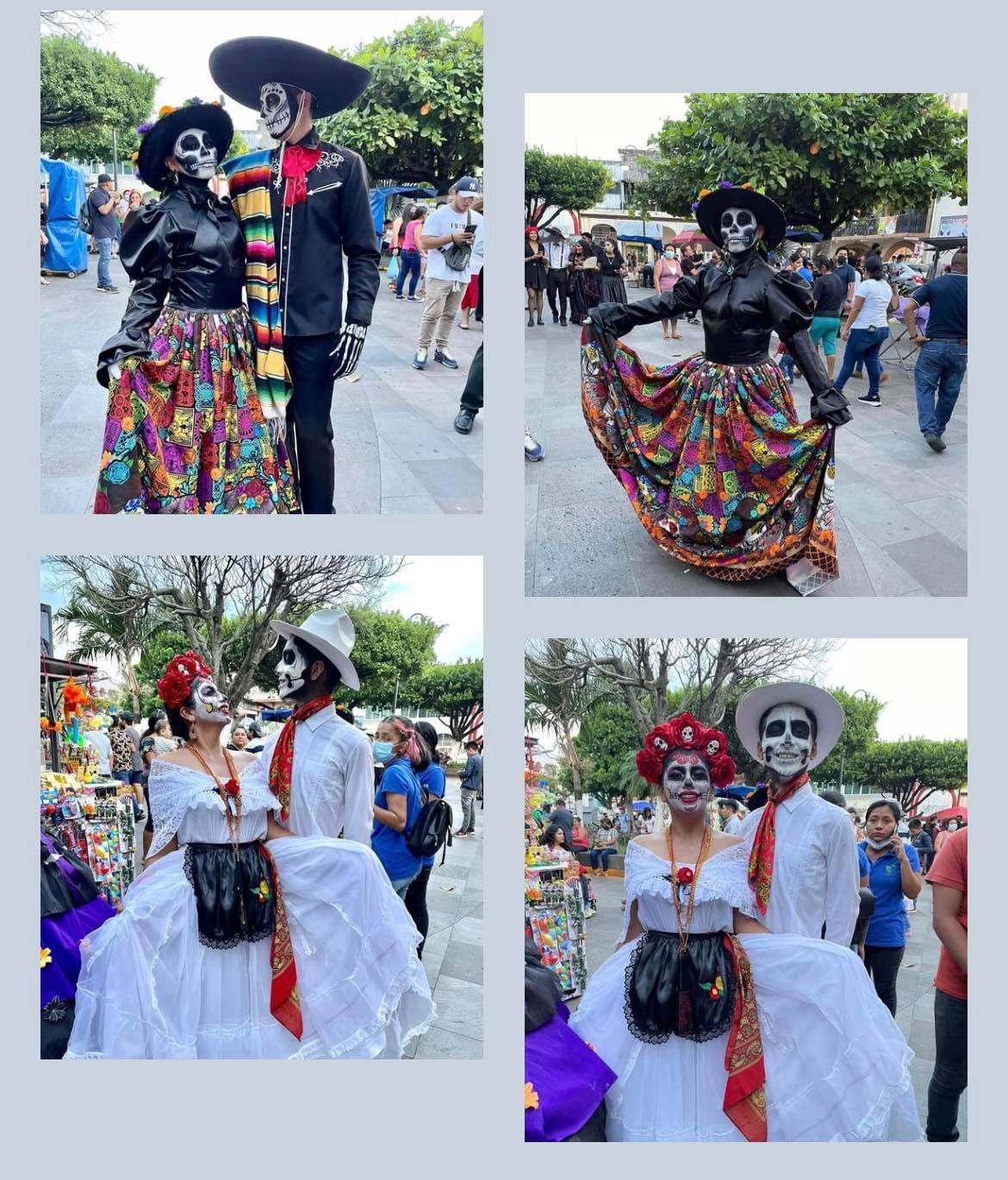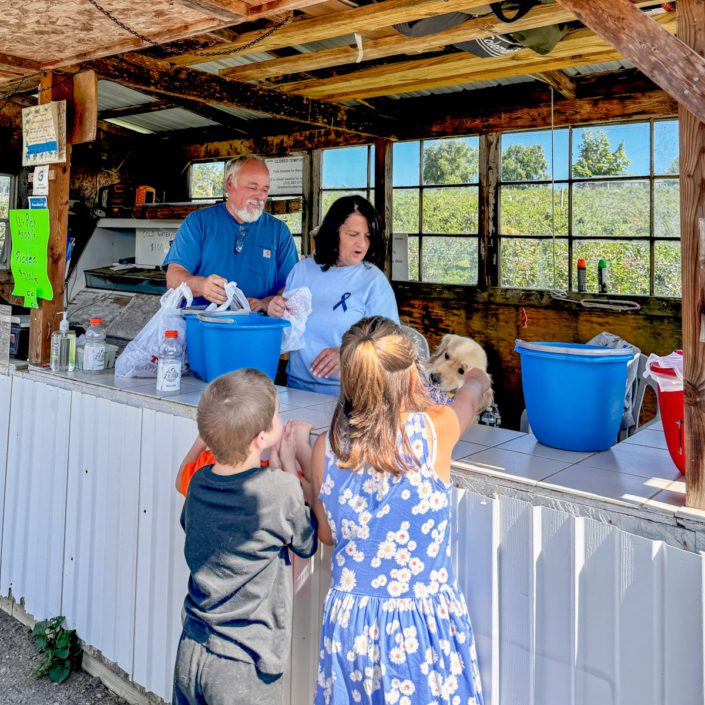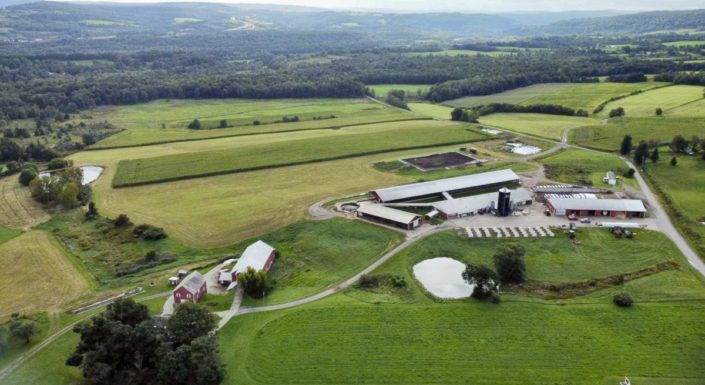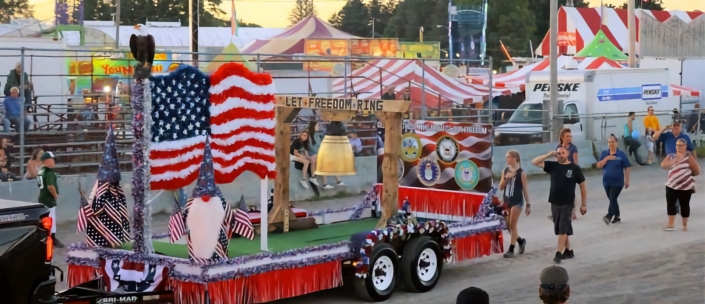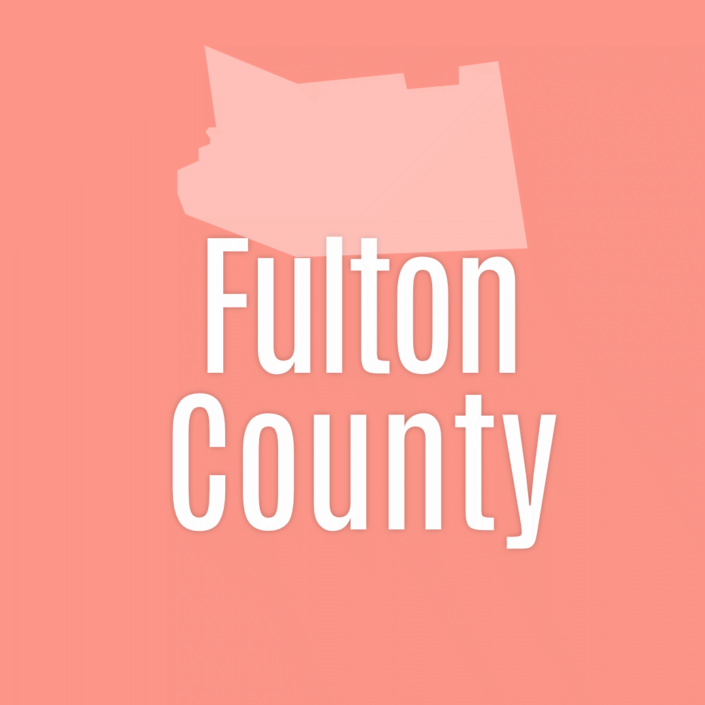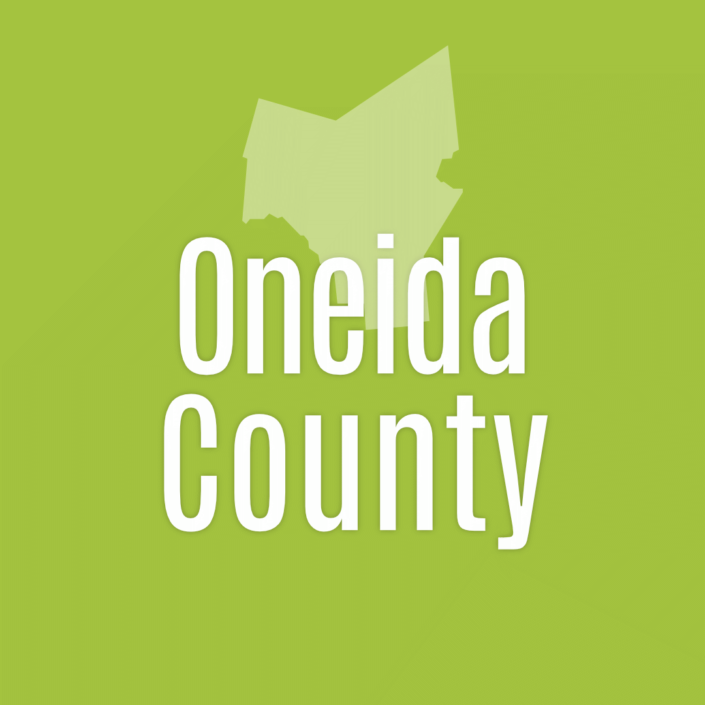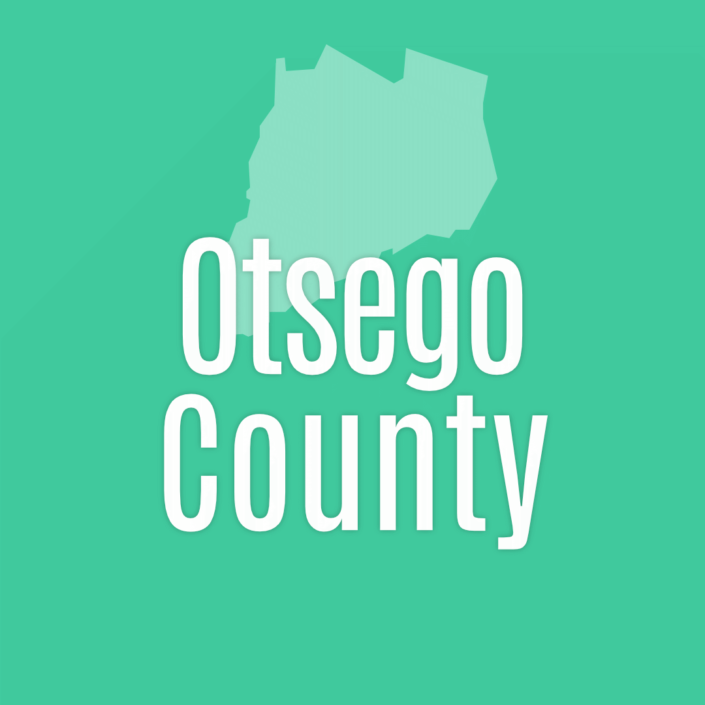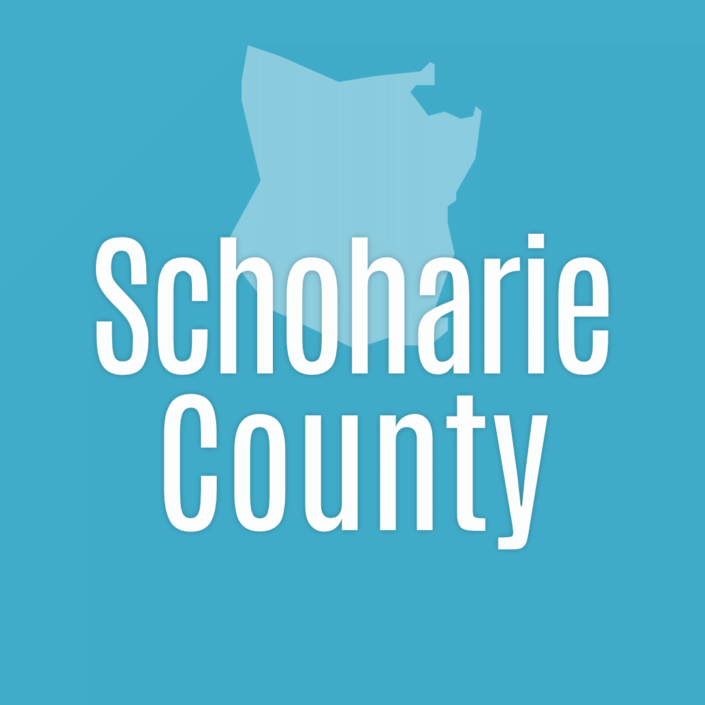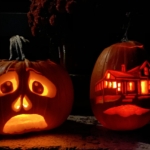Day of the Dead Celebrations, San Andres, Tuxtla, Mexico
Day of the Dead
Here is what I learned so far when I asked folks from around the world about their Halloween traditions.
I recently posted to mm Facebook asking about Halloween traditions people celebrated where they lived or where they were from. While I asked about Halloween, which is popular here in the U.S, I was reminded about All Saints Day or Día de Muertos or Día de los Muertos which is celebrated on November 1 and 2 observed around the world.
Learned something new
When I was in high school, I traveled to Mexico as an exchange student and it was there I first learned about Day of the Dead Celebrations (San Andres, Tuxtla, Veracruz). And through the magic and reach of social media I have been able to remain in contact with my Mexican brother, Gustavo, over the years.
Responding to my Facebook poll he reminded me about Dia de Muertos and shared this,
“The Day of the Dead is a Mexican tradition celebrated on November 1 and 2 in which the memory of the dead is honored. It originated as a syncretism between Catholic celebrations (especially All Souls’ Day and All Saints’ Day) as well as the various customs of the indigenous people of Mexico. It is commonly associated with other celebrations such as Halloween, although in reality it differs a lot from one another!”
Day of the Dead, according to Wikipedia,
“…largely developed in Mexico, where it is mostly observed, but also in other places, especially by people of Mexican heritage elsewhere. Although related to the simultaneous Christian remembrances for Hallowtide, it has a much less solemn tone and is portrayed as a holiday of joyful celebration rather than mourning. The multi-day holiday involves family and friends gathering to pay respects and to remember friends and family members who have died. These celebrations can take a humorous tone, as celebrants remember funny events and anecdotes about the departed.”
Other Traditions Around the World
There are also similar traditions celebrated outside of Mexico during this time and here is a list of a few from around the world:
Asia and Oceania
Mexican-style Day of the Dead celebrations occur in major cities in Australia, Fiji, and Indonesia. Additionally, prominent celebrations are held in Wellington, New Zealand, complete with altars celebrating the deceased with flowers and gifts.
Philippines
Due to the close cultural connections of the Philippines and Mexico, the Day of the Dead is celebrated in this Hispanic-Asian country as well. In the Philippines “Undás”, “Araw ng mga Yumao” (Tagalog: “Day of those who have died”), coincides with the Roman Catholic’s celebration of All Saints’ Day and continues on to the following day: All Souls’ Day. Filipinos traditionally observe this day by visiting the family dead to clean and repair their tombs, just like in Mexico. Offerings of prayers, flowers, candles, and even food, while Chinese Filipinos additionally burn joss sticks and joss paper (kim). Many also spend the day and ensuing night holding reunions at the cemetery, having feasts and merriment.
Similar or related festivities
Americas
Belize
In Belize, Day of the Dead is practiced by people of the Yucatec Maya ethnicity. The celebration is known as Hanal Pixan which means ‘food for the souls’ in their language. Altars are constructed and decorated with food, drinks, candies, and candles put on them.
Bolivia
Día de las Ñatitas (“Day of the Skulls”) is a festival celebrated in La Paz, Bolivia, on May 5. In pre-Columbian times indigenous Andeans had a tradition of sharing a day with the bones of their ancestors on the third year after burial. Today families keep only the skulls for such rituals. Traditionally, the skulls of family members are kept at home to watch over the family and protect them during the year. On November 9, the family crowns the skulls with fresh flowers, sometimes also dressing them in various garments, and making offerings of cigarettes, coca leaves, alcohol, and various other items in thanks for the year’s protection. The skulls are also sometimes taken to the central cemetery in La Paz for a special Mass and blessing.
Brazil
The Brazilian public holiday of Dia de Finados, Dia dos Mortos or Dia dos Fiéis Defuntos (Portuguese: “Day of the Dead” or “Day of the Faithful Deceased”) is celebrated on November 2. Similar to other Day of the Dead celebrations, people go to cemeteries and churches with flowers and candles and offer prayers. The celebration is intended as a positive honoring of the dead. Memorializing the dead draws from indigenous and European Catholic origins.
Costa Rica
Costa Rica celebrates Día De Los Muertos on November 2. The day is also called Día de Todos Santos (All Saints Day) and Día de Todos Almas (All Souls Day). Catholic masses are celebrated and people visit their loved ones’ graves to decorate them with flowers and candles.
Ecuador
In Ecuador the Day of the Dead is observed to some extent by all parts of society, though it is especially important to the indigenous Kichwa peoples, who make up an estimated quarter of the population. Indigena families gather together in the community cemetery with offerings of food for a day-long remembrance of their ancestors and lost loved ones. Ceremonial foods include colada morada, a spiced fruit porridge that derives its deep purple color from the Andean blackberry and purple maize. This is typically consumed with wawa de pan, a bread shaped like a swaddled infant, though variations include many pigs—the latter being traditional to the city of Loja. The bread, which is wheat flour-based today, but was made with masa in the pre-Columbian era, can be made savory with cheese inside or sweet with a filling of guava paste. These traditions have permeated mainstream society, as well, where food establishments add both colada morada and gaugua de pan to their menus for the season. Many non-indigenous Ecuadorians visit the graves of the deceased, cleaning and bringing flowers, or preparing the traditional foods, too.
Guatemala
Guatemalan celebrations of the Day of the Dead, on November 1, are highlighted by the construction and flying of giant kites. It is customary to fly kites to help the spirits find their way back to Earth. A few kites have notes for the dead attached to the strings of the kites. The kites are used as a kind of telecommunication to heaven. A big event also is the consumption of fiambre, which is made only for this day during the year. In addition to the traditional visits to grave sites of ancestors, the tombs and graves are decorated with flowers, candles, and food for the dead. In a few towns, Guatemalans repair and repaint the cemetery with vibrant colors to bring the cemetery to life. They fix things that have gotten damaged over the years or just simply need a touch-up, such as wooden grave cross markers. They also lay flower wreaths on the graves. Some families have picnics in the cemetery.
Peru
It is common for Peruvians to visit the cemetery, play music and bring flowers to decorate the graves of dead relatives.
Europe
Southern Italy and Sicily
A traditional biscotti-type cookie, ossa di morto or bones of the dead are made and placed in shoes once worn by dead relatives.

